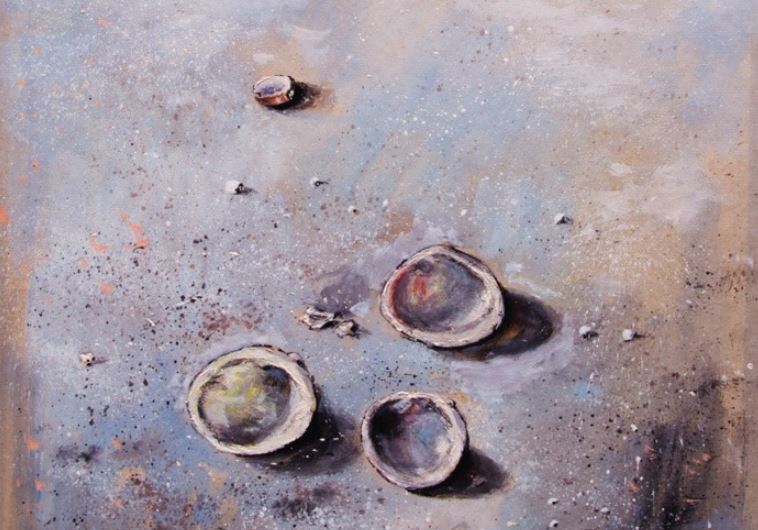Creating the ‘New Bezalel’
The latest exhibit at the Hermann Struk Museum in Haifa examines the relationship between Israeli art and three generations of German Jewish artists.
 JOSEPH BUDKO ‘Village at Night.’(photo credit: COLLECTION OF HAIFA MUSEUM OF ART)
JOSEPH BUDKO ‘Village at Night.’(photo credit: COLLECTION OF HAIFA MUSEUM OF ART)